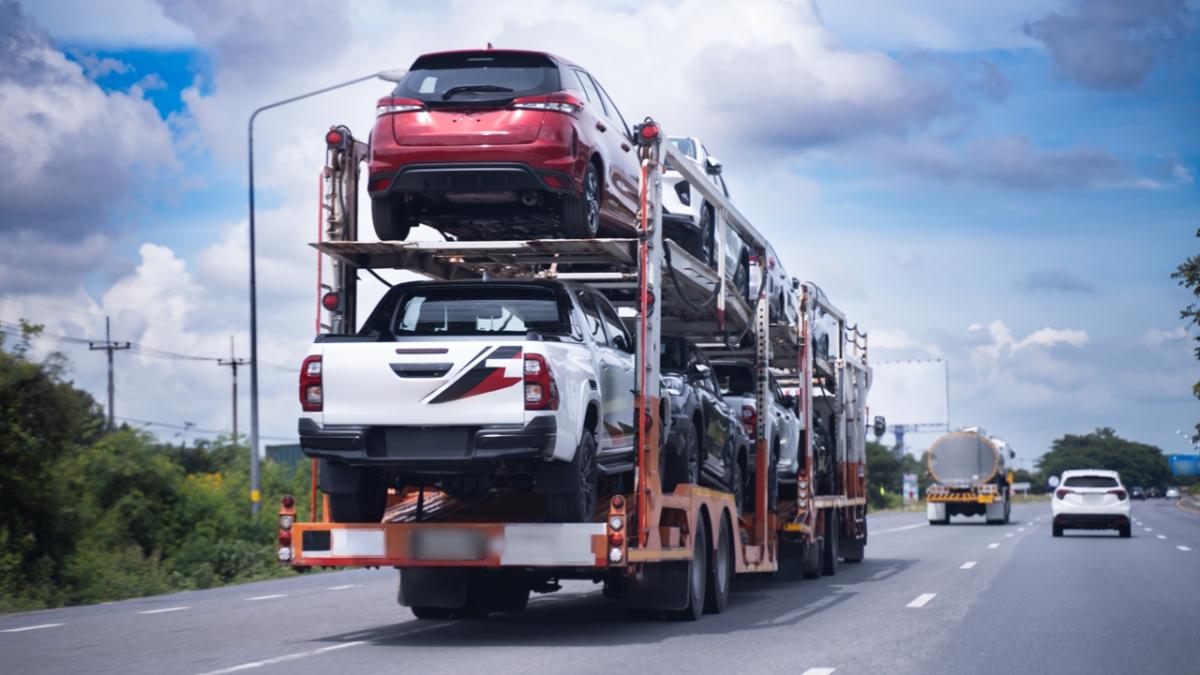Beyond The Tow Truck: What Really Happens In Vehicle Recovery

When a vehicle breaks down or is no longer in use, many people think the job is done once the tow truck takes it away. But there is much more that happens behind the scenes. Vehicle recovery is not just about moving cars. It involves a process that includes safety checks, damage assessment, dismantling, recycling and record keeping. This article walks through each step involved in vehicle recovery in Australia. Each section explains how it works and why it matters for car owners, recycling yards, and the environment.
1. The Purpose of Vehicle Recovery
Vehicle recovery is the process of collecting and removing vehicles that are no longer drivable or in use. This could include cars that have broken down on the road, been damaged in an accident, or are sitting idle on private land. In many cases, the vehicle owner contacts a recovery service or used car buyer to arrange for the car to be picked up.https://www.carremovalsydney.com.au/
Fact: In Australia, over 700,000 vehicles are deregistered each year. A large number of these are collected through vehicle recovery services.
2. Initial Collection and Transport
The first step involves loading the car onto a tilt tray or tow truck. Operators often secure the vehicle using straps or chains. This ensures the car remains stable during transport. If the car is blocking traffic or parked in a public area, it is removed as quickly as possible to meet council or road rules.
Once secured, the vehicle is transported to a holding yard or recycling centre. The destination depends on the condition of the car and the agreement made with the car owner or insurance provider.
3. Inspection and Documentation
At the yard, staff inspect the vehicle to record its condition. They take photos, note any damage, and check if the vehicle still contains personal items. Registration details and vehicle identification numbers are logged. These records are important for both legal and insurance purposes.
This step also helps determine what will happen next. Some cars may be kept for parts, while others go straight to scrap.
4. Fluid and Hazard Material Removal
Before a car can be processed, all fluids must be removed. This includes fuel, oil, brake fluid, transmission fluid and coolant. These are collected and stored in tanks for safe disposal or recycling. The car battery, airbags and tyres are also removed during this step.
Fact: Car fluids can be harmful to the environment if not handled properly. Just one litre of used engine oil can pollute up to one million litres of water.
5. Dismantling and Sorting
After fluids and hazardous items are removed, workers begin to dismantle the car. They take out parts that still work, such as gearboxes, alternators, engines, and interior pieces. These parts may be cleaned, tested and sold to mechanics or vehicle owners looking for replacements.
Useful metals such as aluminium, copper and steel are sorted and stored separately. Items that cannot be reused are sent to shredders or compactors.
6. Shredding and Recycling
Once the shell is stripped, the body is crushed and shredded. Powerful machines break the metal into small pieces. These are sorted using magnets and air blowers. Metal is melted and reprocessed, while plastic and rubber go to different recycling plants.
Fact: About 75 per cent of a car's weight can be recycled. This includes body panels, engine blocks and wheels. The remaining parts usually include foam, fabric and insulation.
7. How This Process Links to Used Car Buyers
Used car buyers play a key role in vehicle recovery. They collect unwanted cars from homes, car parks, and farms. Many of these buyers assess the car for parts or scrap value. They may sell working parts or send the car directly to recycling yards. In most cases, the seller receives a payment based on the vehicle’s weight and condition.
In places like Sydney, recovery services often work closely with these buyers. The goal is to move the car quickly and process it in a way that avoids waste. A business offering such service recently showed how unwanted vehicles can be collected and removed from properties without long wait times. For many people, this provides a useful option when the car is no longer worth keeping. Those working with a used car buyer are often looking for a direct way to hand over a vehicle without dealing with auctions or repairs.
8. Regulations and Legal Rules in Australia
Every step in the recovery process must meet legal guidelines. Vehicle dismantling and waste disposal are controlled by both state and federal laws. Licences are required to run a scrap yard or operate recovery trucks. Fluids and batteries must be stored in approved containers. Any car that is deregistered must be reported to the transport authority.
Fact: The Australian Automotive Recycling Association (AARA) sets national rules for vehicle recycling to reduce environmental impact and support safe recovery practices.
9. What Happens to Recovered Parts
Recovered parts can be sold in local shops or online. Mechanics often buy second-hand engines, transmissions and panels to repair other vehicles. This supports resource reuse and keeps older vehicles on the road longer. Some parts may also be sent overseas.
This approach helps reduce the demand for new manufacturing and keeps useful items from going to landfill.
10. Final Stage: Disposal of Non-Recyclable Items
After all usable parts are taken, and metal is shredded, any remaining material is sent to landfill. These items may include foam seats, plastic trim, old wiring and glass that cannot be recycled. These are packed and moved to licensed waste sites.
Australian yards aim to keep landfill waste as low as possible by increasing the amount of material recovered at earlier stages.
11. What Owners Should Know
If your vehicle needs to be removed, you can contact a buyer or recovery service. Before collection, remove all personal items and prepare proof of ownership. The buyer will likely ask for your ID and car details such as registration number and model.
You may also receive a payment depending on the car’s weight and if it still has working parts. This helps offset the cost of removal and gives the owner something in return.
Conclusion
Vehicle recovery is more than just a tow truck ride. It involves a series of steps that protect the environment, support recycling and return useful parts to the market. From the moment the car is collected, every stage follows a plan. This helps ensure old cars are not dumped illegally or left to decay.
The process helps both car owners and the wider community by reducing waste and keeping roads clear. Recovery teams, yard workers, and used car buyers all play a role in this chain. While the car may have reached the end of its driving days, its parts and metal will go on to serve another purpose. Whether it ends up as scrap, recycled steel, or a spare gearbox in another car, each recovered vehicle becomes part of something new.
